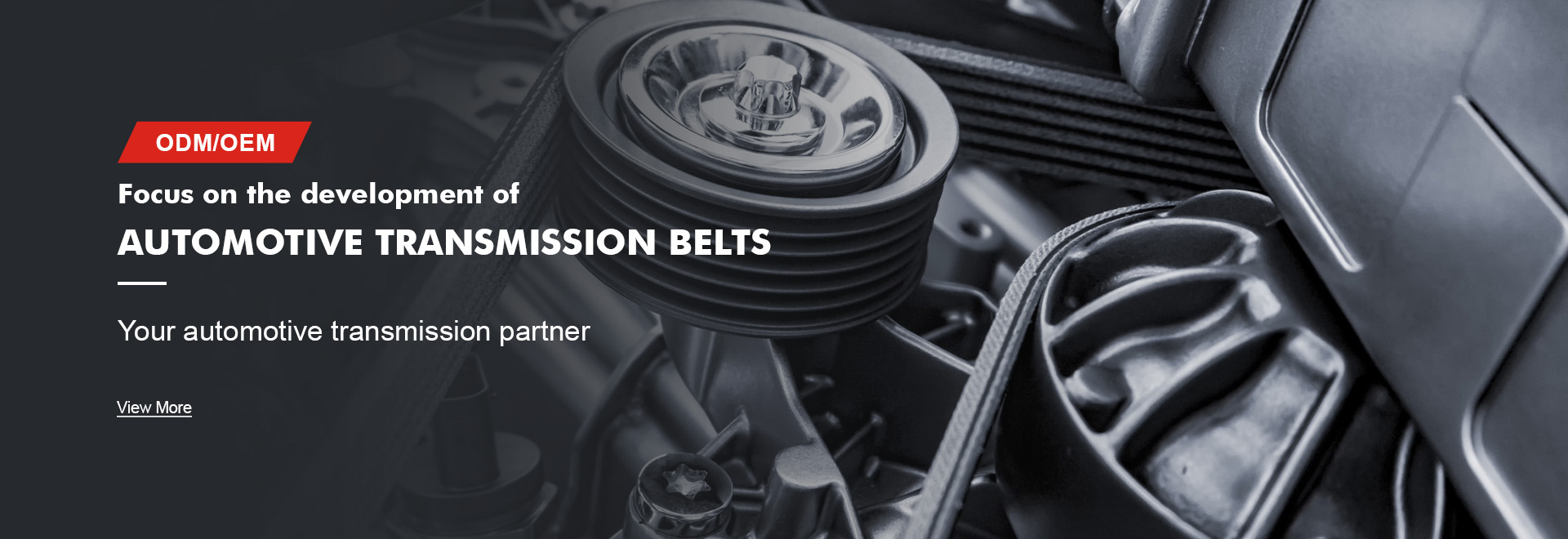- Arabic
- French
- Russian
- Spanish
- Portuguese
- Turkish
- Armenian
- English
- Albanian
- Amharic
- Azerbaijani
- Basque
- Belarusian
- Bengali
- Bosnian
- Bulgarian
- Catalan
- Cebuano
- Corsican
- Croatian
- Czech
- Danish
- Dutch
- Afrikaans
- Esperanto
- Estonian
- Finnish
- Frisian
- Galician
- Georgian
- German
- Greek
- Gujarati
- Haitian Creole
- hausa
- hawaiian
- Hebrew
- Hindi
- Miao
- Hungarian
- Icelandic
- igbo
- Indonesian
- irish
- Italian
- Japanese
- Javanese
- Kannada
- kazakh
- Khmer
- Rwandese
- Korean
- Kurdish
- Kyrgyz
- Lao
- Latin
- Latvian
- Lithuanian
- Luxembourgish
- Macedonian
- Malgashi
- Malay
- Malayalam
- Maltese
- Maori
- Marathi
- Mongolian
- Myanmar
- Nepali
- Norwegian
- Norwegian
- Occitan
- Pashto
- Persian
- Polish
- Punjabi
- Romanian
- Samoan
- Scottish Gaelic
- Serbian
- Sesotho
- Shona
- Sindhi
- Sinhala
- Slovak
- Slovenian
- Somali
- Sundanese
- Swahili
- Swedish
- Tagalog
- Tajik
- Tamil
- Tatar
- Telugu
- Thai
- Turkmen
- Ukrainian
- Urdu
- Uighur
- Uzbek
- Vietnamese
- Welsh
- Bantu
- Yiddish
- Yoruba
- Zulu
ធ្នូ . 05, 2024 18:02 Back to list
Understanding the Importance of Auto Timing Belts for Vehicle Performance and Longevity
The Importance of Automotive Timing Belts
When it comes to maintaining the performance and longevity of a vehicle, many drivers may overlook one critical component the timing belt. The timing belt is an integral part of an engine's operation, playing a crucial role in ensuring that the engine runs smoothly and efficiently. Understanding the function, maintenance, and potential issues related to timing belts can help vehicle owners make informed decisions about their car care.
What is a Timing Belt?
The timing belt is a toothed belt that synchronizes the rotation of the crankshaft and camshaft(s) in an internal combustion engine. Its primary role is to ensure that the engine's valves open and close at the right moments during each cylinder's intake and exhaust strokes. This precise timing is crucial for optimal engine performance and efficiency. Timing belts are usually made from durable rubber and may contain fiberglass for added strength, allowing them to withstand the high temperatures and pressures inside an engine.
Why is it Important?
Without a functional timing belt, an engine can experience catastrophic failure. If a timing belt breaks or slips, it can lead to severe engine damage, such as bent valves, damaged pistons, and even a complete engine overhaul. In non-interference engines, the damage may be minimal, but in interference engines, where the valves and pistons occupy the same space, the consequences can be dire. Therefore, regular maintenance and timely replacement of the timing belt are paramount to avoid costly repairs.
Signs of a Failing Timing Belt
auto timing belt

As a critical component of your vehicle, the timing belt will show signs of wear over time. Common indicators that a timing belt may need replacement include
1. Unusual Noises A failing timing belt might produce a ticking or slapping noise from the engine as the belt becomes loose or worn. 2. Engine Misfiring If the timing belt has slipped, it can cause the valves to open and close at the wrong times, leading to engine misfires. 3. Oil Leaks Oil leaks around the front of the engine can indicate that the seals have failed due to wear on the timing belt. 4. Check Engine Light As with many engine issues, a malfunctioning timing belt could trigger the check engine light on your dashboard.
Recommended Maintenance
Most manufacturers recommend replacing timing belts every 60,000 to 100,000 miles, but it’s essential to consult your vehicle's owner manual for specific guidelines. Regularly scheduled maintenance, including inspections, can help catch potential issues early.
When replacing a timing belt, it’s often advisable to replace other related components, such as the tensioner and water pump, as these parts work closely together and have a similar lifespan. Replacing them simultaneously can save time and labor costs in the long run.
Conclusion
In summary, the timing belt is a vital component of any internal combustion engine, playing a crucial role in maintaining performance and preventing damage. Vehicle owners should be proactive about their timing belt maintenance and replacement to ensure the longevity of their engine. By staying informed and vigilant, drivers can avoid costly repairs and keep their vehicles running smoothly for years to come. Remember, a little investment in preventative maintenance today can lead to a significant return in savings and performance tomorrow. Always consult a trusted mechanic if you have questions or concerns about your car's timing belt or any other vital engine components.
-
Korean Auto Parts Timing Belt 24312-37500 For Hyundai/Kia
NewsMar.07,2025
-
7PK2300 90916-T2024 RIBBED BELT POLY V BELT PK BELT
NewsMar.07,2025
-
Chinese Auto Belt Factory 310-2M-22 For BMW/Mercedes-Benz
NewsMar.07,2025
-
Chinese Auto Belt Factory 310-2M-22 For BMW/Mercedes-Benz
NewsMar.07,2025
-
90916-02660 PK Belt 6PK1680 For Toyota
NewsMar.07,2025
-
drive belt serpentine belt
NewsMar.07,2025

